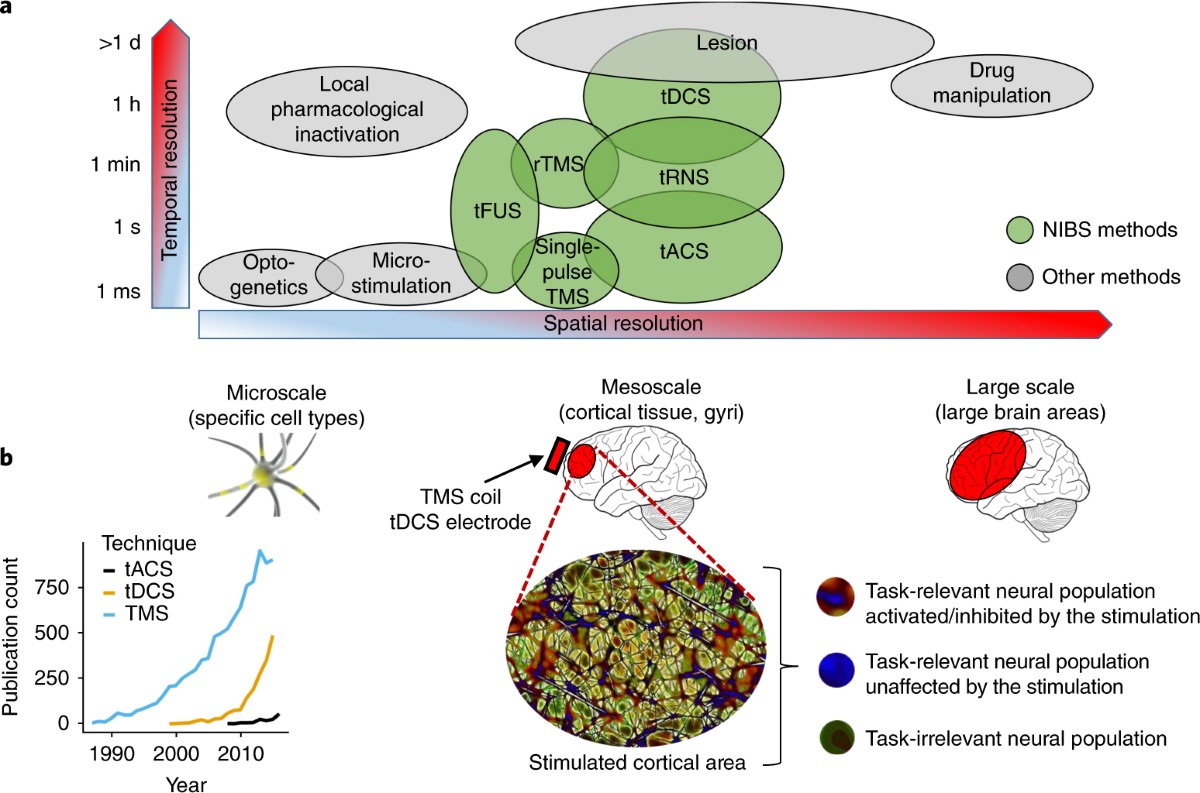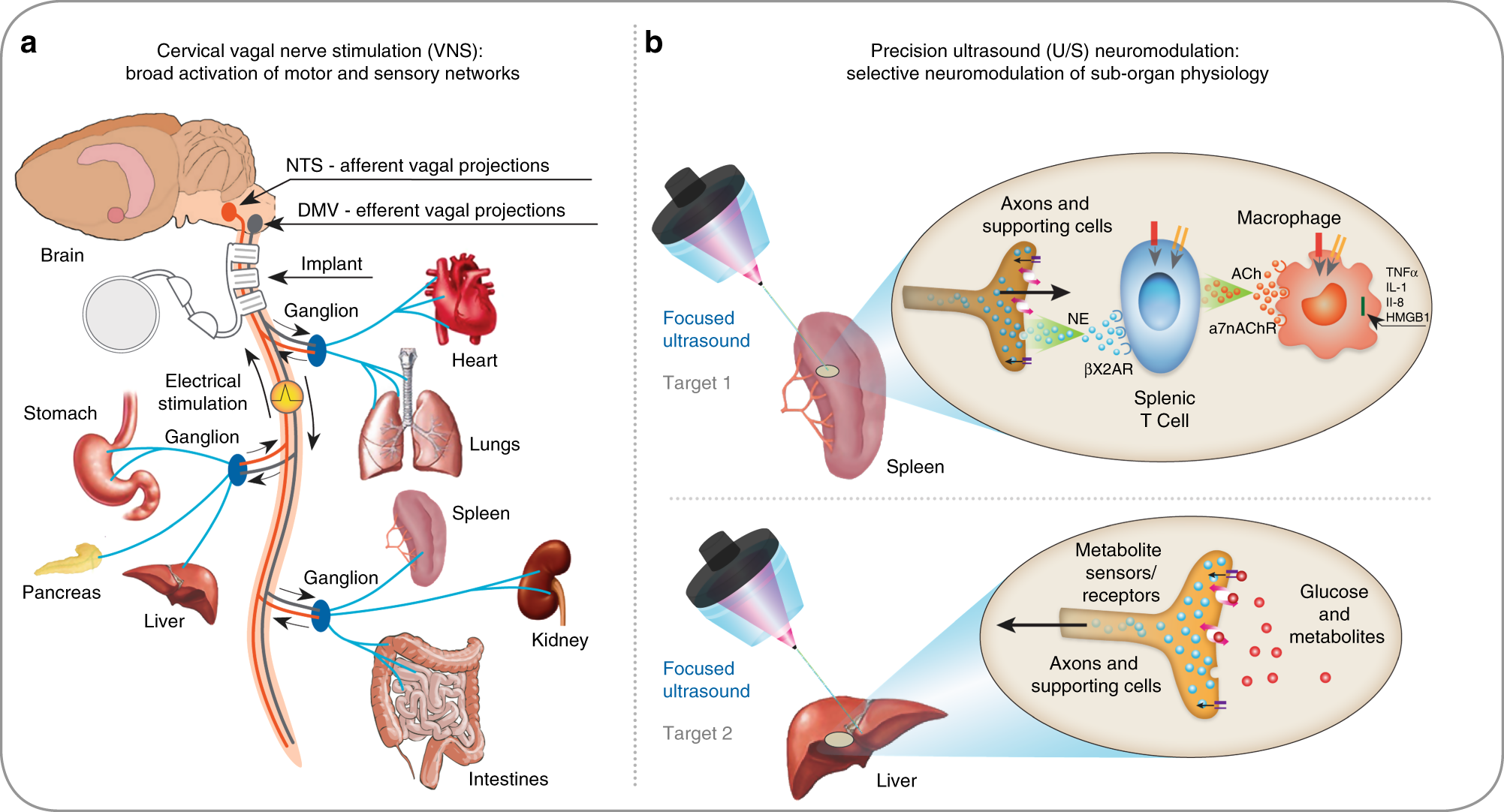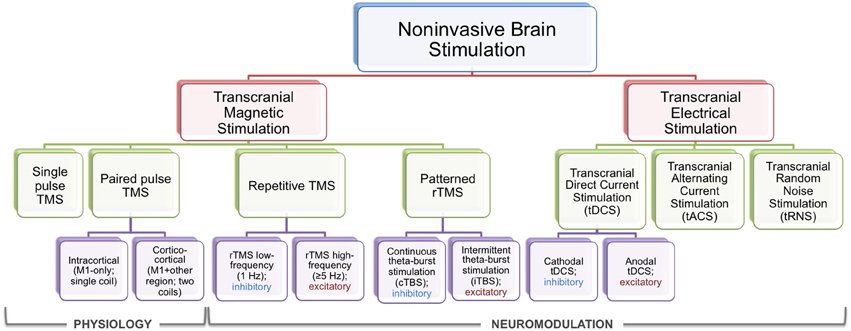Non-Invasive Neurostimulation: TMS vs tDCS vs tACS vs tRNS
If you’ve been exploring natural ways to boost mental clarity, beat insomnia, or treat chronic conditions like depression without popping another pill — non-invasive neurostimulation might be the quiet revolution you’re looking for.
At NeuroTechInsider.com, we dive deep into the science and reality of cutting-edge brain and sleep tech. From 40Hz light-sound machines to wearable CES headsets, we compare everything that can help your nervous system reset. But before you jump into buying your next device, let’s break down the big four in non-invasive brain stimulation — TMS, tDCS, tACS, and tRNS.
TL;DR: TMS is the clinical gold standard. tDCS is portable and cheap. tACS modulates your brain’s rhythms. tRNS might just be the most powerful (and underrated) tool in the box.
What Is Non-Invasive Neurostimulation?
Non-invasive neurostimulation refers to techniques that modulate brain activity from outside the skull using electrical or magnetic currents. These methods are gaining momentum as alternative therapies for depression, anxiety, chronic pain, ADHD, insomnia, and cognitive enhancement — without the side effects of medication.
Here’s what sets them apart:
- No surgery or implants required
- Modulates specific brain circuits linked to behavior and mood
- Backed by a growing body of clinical and experimental research
- Some methods now available in portable, at-home formats
For a deeper breakdown of the neurobiology, check out this Frontiers in Human Neuroscience overview.
Quick Comparison: The Four Core Techniques
Before we dive into the specifics of each method, here’s a side-by-side glance at the most well-known non-invasive neurotech tools used today:

Source: Cambridge University Press – [S0033291721005560]
Summary Table Highlights:
- TMS: High efficacy for depression and migraines. Requires clinic visits. FDA-approved.
- tDCS: Budget-friendly, portable, used in pain and stroke rehab. Variable results.
- tACS: Research-focused, alters brainwave activity. Still experimental in clinical use.
- tRNS: Most promising for enhancing brain excitability. Reliable but less known.
Transcranial Magnetic Stimulation (TMS)
What is it?
TMS uses magnetic pulses to induce small electrical currents in targeted areas of the brain. It’s like a non-invasive zap — precise and powerful — often used in clinical psychiatry.
Use Cases:
- Major depressive disorder (FDA-approved)
- Migraine treatment
- Research into OCD, PTSD, addiction
Benefits:
- Well-documented and highly effective in depression cases
- Non-systemic (doesn’t enter bloodstream like meds)
- No downtime — resume daily activities post-session
Drawbacks:
- Can cause scalp discomfort or mild headache
- Rare risk: seizures (extremely low probability)
- Requires 20–30 sessions, typically at a clinic
Want to explore how TMS compares to wearables like NeuroVIZR or Sensate? Check out our in-depth reviews section.
Transcranial Direct Current Stimulation (tDCS)
What is it?
tDCS delivers a constant low electrical current (usually 1–2 mA) across the scalp using sponge electrodes. It doesn’t stimulate neurons directly but changes their threshold, making them more or less likely to fire.
Applications:
- Depression (adjunctive use)
- Stroke rehab & motor recovery
- Fibromyalgia, chronic pain
- Cognitive enhancement in healthy individuals
Advantages:
- Inexpensive, with some DIY-friendly devices
- Very low risk of adverse effects
- Light, wearable, and can be used at home
Limitations:
- Effectiveness varies person to person
- Less targeted than TMS
- Redness, itching or tingling on the skin
One of our favorite comparisons is how tDCS stacks up against newer consumer devices like Apollo Neuro, which works via vibrational neuromodulation. Different tech — similar goals.
Transcranial Alternating Current Stimulation (tACS)
How it works:
tACS applies an oscillating current to the brain, designed to interact with and entrain endogenous brain rhythms (i.e., your own brainwaves). Think of it as rhythm-matching neurofeedback — without any feedback loop.
Often used in lab settings, researchers leverage tACS to explore how different frequencies influence working memory, focus, or even altered states of consciousness.
Pros:
- Targets specific brainwave frequencies (e.g., alpha, theta, gamma)
- Potentially useful for ADHD, focus, memory
- Early-stage promise in sleep enhancement and lucid dreaming
Cons:
- Still experimental outside research labs
- Side effects similar to tDCS (mild irritation)
- Not yet available as an FDA-approved consumer product

Source: Springer Nature – How tACS modulates brain oscillations
tACS is one of the most promising neurotools for those interested in personalized, frequency-based brain tuning — especially for cognitive and attention-based optimization.
Transcranial Random Noise Stimulation (tRNS)
What is it?
tRNS is the lesser-known cousin of tDCS and tACS — but don’t sleep on it. This method delivers a randomized electrical current at varying frequencies across the scalp. The randomness, oddly enough, is what makes it powerful. It prevents the brain from adapting to a fixed stimulation pattern and keeps it responsive.
Clinical & Cognitive Uses:
- Motor learning and skill acquisition
- Attention, memory, and executive function
- Preliminary results for depression and learning disabilities
Why researchers love tRNS:
- **Most stable increase in cortical excitability** among all stimulation types
- No reported serious side effects
- Outperforms tDCS in several cognitive enhancement studies

Source: Nature – Cortical excitability comparison between tDCS, tACS, and tRNS
What’s even more exciting? tRNS may be one of the few methods that scales well into **consumer-grade neurotech**, opening doors for real-world applications in learning, memory retention, and even skill training. We’re closely watching this space on NeuroTechInsider.com.
Emerging Alternatives: TENS, eTNS, sTMS, REN
Besides brain-focused methods, several **peripheral nerve stimulation techniques** are gaining traction, especially for **migraine, pain management, and mood regulation**.
- TENS (Transcutaneous Electrical Nerve Stimulation): Widely used for chronic pain, backaches, and fibromyalgia.
- eTNS (External Trigeminal Nerve Stimulation): Cleared by the FDA for migraines, stimulates facial nerve branches.
- sTMS (Single-pulse TMS): Designed for at-home use in treating migraines.
- REN (Remote Electrical Neuromodulation): A wearable for arm stimulation that intercepts migraine signals via the central nervous system.
![]()
Source: Frontiers in Human Neuroscience – Migraine and pain-focused neurostimulation pathways
While these devices don’t directly stimulate the brain, they influence neural networks that affect pain, emotion, and arousal — key components of overall **neuroregulation**.
Key Findings from Research Studies
“tRNS shows the highest and most consistent excitability increase compared to tDCS and tACS.”
— Frontiers in Human Neuroscience
- tRNS = most promising for reliable cognitive enhancement
- TMS = best-studied and FDA-approved for depression
- tDCS = highly portable but inconsistent effects
- tACS = great for brainwave modulation, but still lab-based
All this aligns with the broader trend we’re seeing in **consumer neurotech**: wearables that optimize state-dependent brain rhythms are leading the way in mood and sleep tech.
Device Selection Guide: What’s Right for You?
Choosing the right non-invasive neurostimulation method depends on your goals, access, and budget. Here’s a breakdown:
| Method | Best For | Supervision Needed | Approx. Cost |
|---|---|---|---|
| TMS | Severe depression, clinical cases | Yes (clinic-based) | $2,000–$12,000 (per course) |
| tDCS | Budget-friendly, pain, cognitive boost | No | $100–$400 |
| tACS | Experimental cognitive modulation | Yes (research setting) | Not widely available |
| tRNS | Learning, memory, motor training | No (some devices in development) | TBD |
Our curated device reviews at NeuroTechInsider.com can help you find what matches your needs best — from vagus nerve stimulators to sleep-enhancing wearables.
Conclusion: Which Non-Invasive Method Suits You Best?
Whether you’re battling cognitive fatigue, insomnia, or just want to take your brain performance to the next level — there’s a neurostimulation tool for that. **TMS remains the gold standard** in clinical care, but **tRNS is emerging as a high-potential option** for enhancing brain function at home. tDCS offers a lightweight, entry-level option for biohackers and recovery seekers alike.
As consumer devices continue to evolve, we’ll be tracking which wearables truly deliver long-term, side-effect-free neuroenhancement — no pharma required. For in-depth reviews, side-by-side comparisons, and performance-tested data, visit NeuroTechInsider.com.
FAQs
Is non-invasive neurostimulation safe?
Yes — when used properly. Most methods like tDCS, tACS, and tRNS are considered low-risk. TMS, though more powerful, is FDA-approved and has a well-understood safety profile.
Can I use these devices at home?
Some, like tDCS and emerging tRNS devices, are available for home use. TMS typically requires a clinic. Always follow usage guidelines and consult with a healthcare provider.
How soon can I expect results?
tDCS and tRNS may yield effects after a few sessions. TMS usually requires 20–30 clinical treatments. Individual response varies.
Where can I find the best consumer devices?
NeuroTechInsider.com is your go-to source for expert-backed neurodevice reviews, head-to-head comparisons, and buyer guides tailored to real-world results.
https://www.frontiersin.org/files/Articles/75990/fnhum-08-00378-HTML/image_m/fnhum-08-00378-g002.jpg
